Basil is one of the simplest to grow herbs in your home, and it proliferates. If the plant gets the right growing conditions, it can be ready for harvest almost as quickly as within 3-4 weeks.
The best part is that the plant is not picky at all, and you can consider growing basil from seed from almost anywhere in your room, adding to the aesthetics of your interior.
Basil can also be an excellent addition to your pasta and other spicy meals. And not just can they add a flavorful twist to your food.
Still, they also have a wide range of health benefits like reducing inflammation, fighting bacterial infections, improving digestion, and many more.
What Are the Conditions Required for Growing Basil Plant Indoors?
You do not need to maintain an outdoor temperature to grow basil plants in your indoor pot. A temperature of around 60-75 F is usually the average home temperature, which is the best temperature for growing basil from seed.
You need to ensure that the plant only gets enough sunlight. Anything above that can cause the leaves to wilt.
Basil can even be grown in the winter months if your room gets enough sunshine. You can even expose your plant to ten hours of fluorescent light as an alternative to sunlight.
If your plant starts to seem a little leggy, you can move the light source closer to the plant. But if white spots start developing on the leaves, you need to move the light source away.
- Beautiful - Large color packet of the popular culinary herb Genovese Basil (Ocimum Basilicum), a...
- Productive - Basil genovese germinates in 5-10 days when soil temps are 70-80°F. Plant 1/4” deep...
- Fresh Basil on Demand - Imagine fresh basil for your bruschetta, pesto sauce, or homemade pizza....
- Easy to grow - Instructions included on each packet. Plus, we are available to answer all your...
- Safe and Sustainable - Our operation is fully solar powered, and Sow Right Seeds has taken the Safe...
- Customer Care: Flowers are extremely perishable and must be cared for immediately upon arrival....
- Ensure flowers do not spend time in extreme temperatures.
- Flowers must receive fresh cut and be placed in water within 1 hour of delivery.
- Steps to preserve flower freshness: cut stems to appropriate length, place in vase with fresh water,...
- The actual product may vary from the images shown on this website. Colors cannot be chosen. Color...
Now that you know all the pre-requisites of growing basil from seed in your pot indoors, let us go through all the steps of growing the plant:
How to Grow Basil from Seed
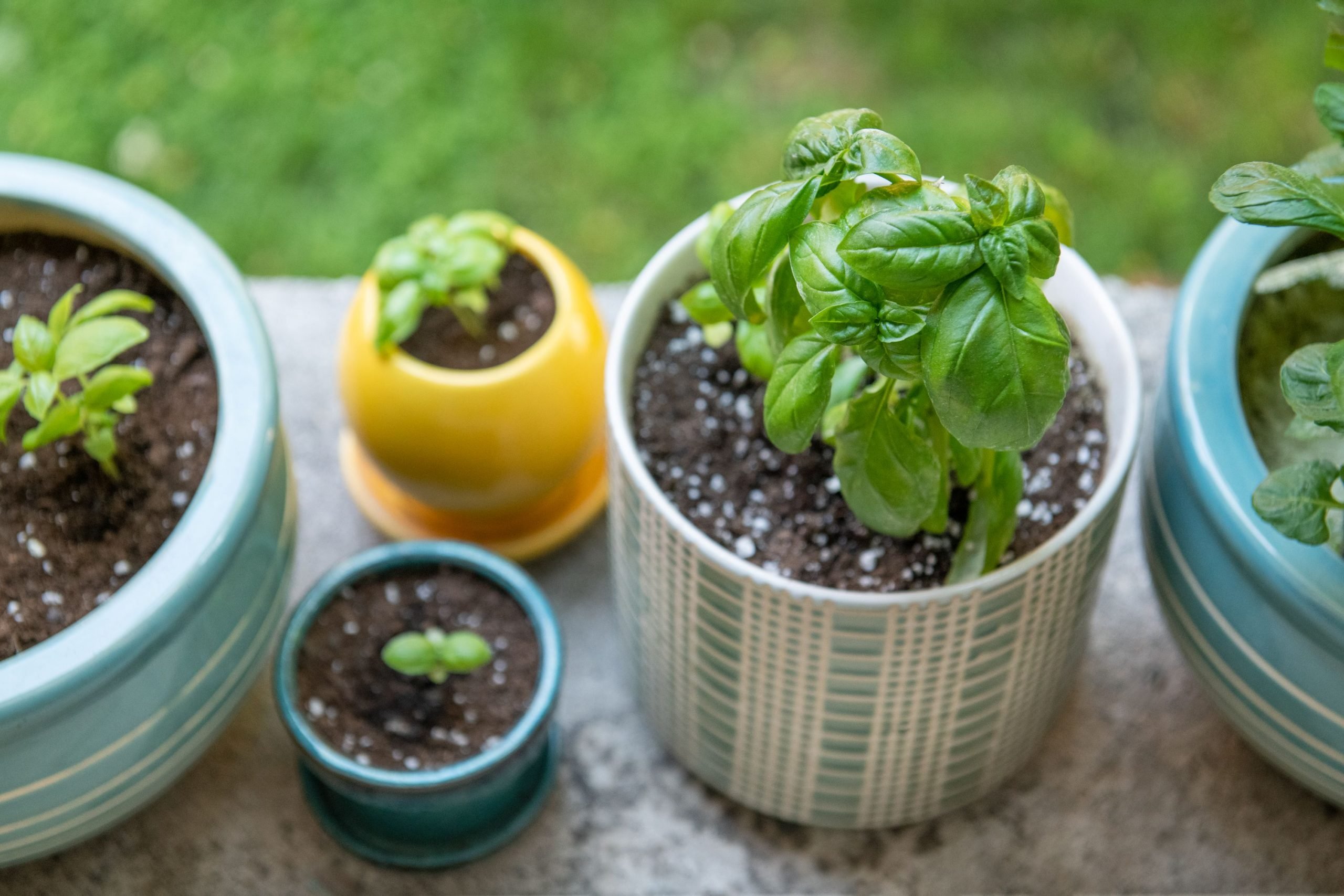
Choose the perfect spot for growing your basil plant.
First, pick up that perfect spot in your bedroom or living room that receives enough sunshine for at least six hours a day.
Or else, as discussed before, you can use a fluorescent light source as well. Did you know that there are varieties of basil that you can grow in your pot?
You can choose anything, be it sweet basil, Genovese basil, or anything else, depending on your taste and preferences. The criteria for choosing can be either the unique look and flavor of a variety or its purpose.
Pick Your Ideal Container Where You Can Plant Your Herb
Basil is a very low-maintenance plant, and you can think of growing basil from seed in almost every container.
You can grow basil in a wide range of containers, but 12 inches deep and 12 inches diameter container would be perfect. You can explore all your creative skills to choose the perfect container.
- Drainage Holes: These plastic planters have multiple drainage holes in the bottom to let excess...
- Tray Included: The planters come with saucers to catch excess water and prevent it from damaging...
- Thick and Sturdy Material: Made from 3mm to 4mm thick polypropylene plastic that is lightweight,...
- Minimalistic Design: The white planters have a modern, minimalistic style that works well with...
- Decorate Your Home: Use these plastic planters to decorate windowsills, desks, shelves, bedrooms,...
It needs not be a classic pot. It can be anything starting from a suitcase or laundry basket to even a kiddie pool. The choices that you have are endless.
Start Your Seeds
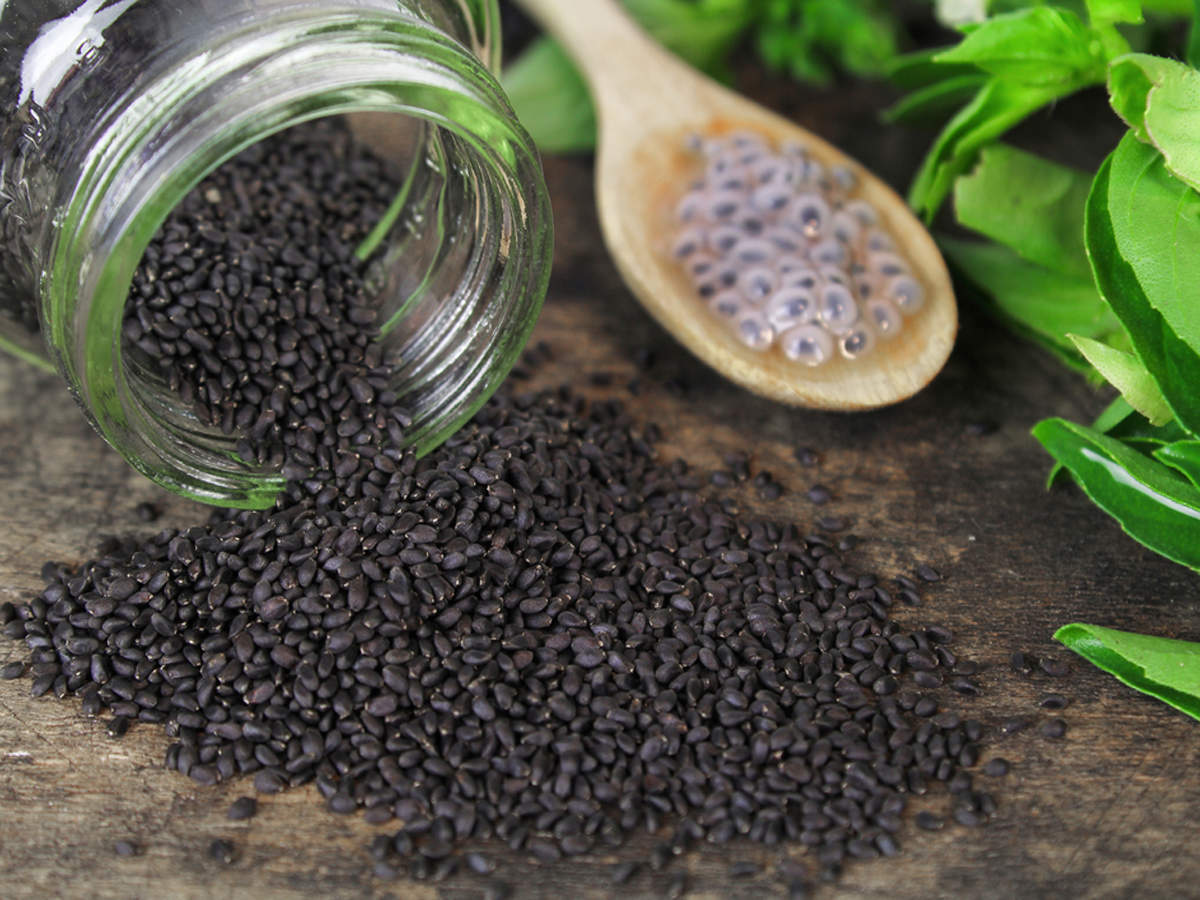
Are you wondering whether to soak your basil seeds before you plant them in your pot? Well, you can, but there is no harm if you do not.
But soaking your seeds beforehand will lead to the germination faster, so if you want to harvest your plant quickly, you can consider soaking.
But how will you soak the seeds? One night before you plant the seeds, take a bowl filled with mildly warm water and soak the seeds into it.
Keep the water temperature right because cold water is of no use, and too much warm water will cause damage to the seed.
Take enough water to completely submerge the seeds and allow them to soak the water for a few hours.
Next, remove the seeds from the bowl, and they are all prepped up for growing basil from seed.
Plant Your Seeds
Select any of the rich quality, loose soil to fill up your basil pot. Ensure the soil’s pH is between 6.0-7.0, and they are made fertile enough with the application of organic fertilizer before you add the seeds.
Keep the height of the soil up to an inch from the rim of the pot. Take few basil seeds, spread them evenly all over the soil, and cover the seeds with ¼ inch of soil.
This will ensure the seed gets enough sunlight and space to breathe. After planting the seeds, water them sufficiently and wait for them to germinate for the next five to ten days.
Give Your Basil Plant Enough Care
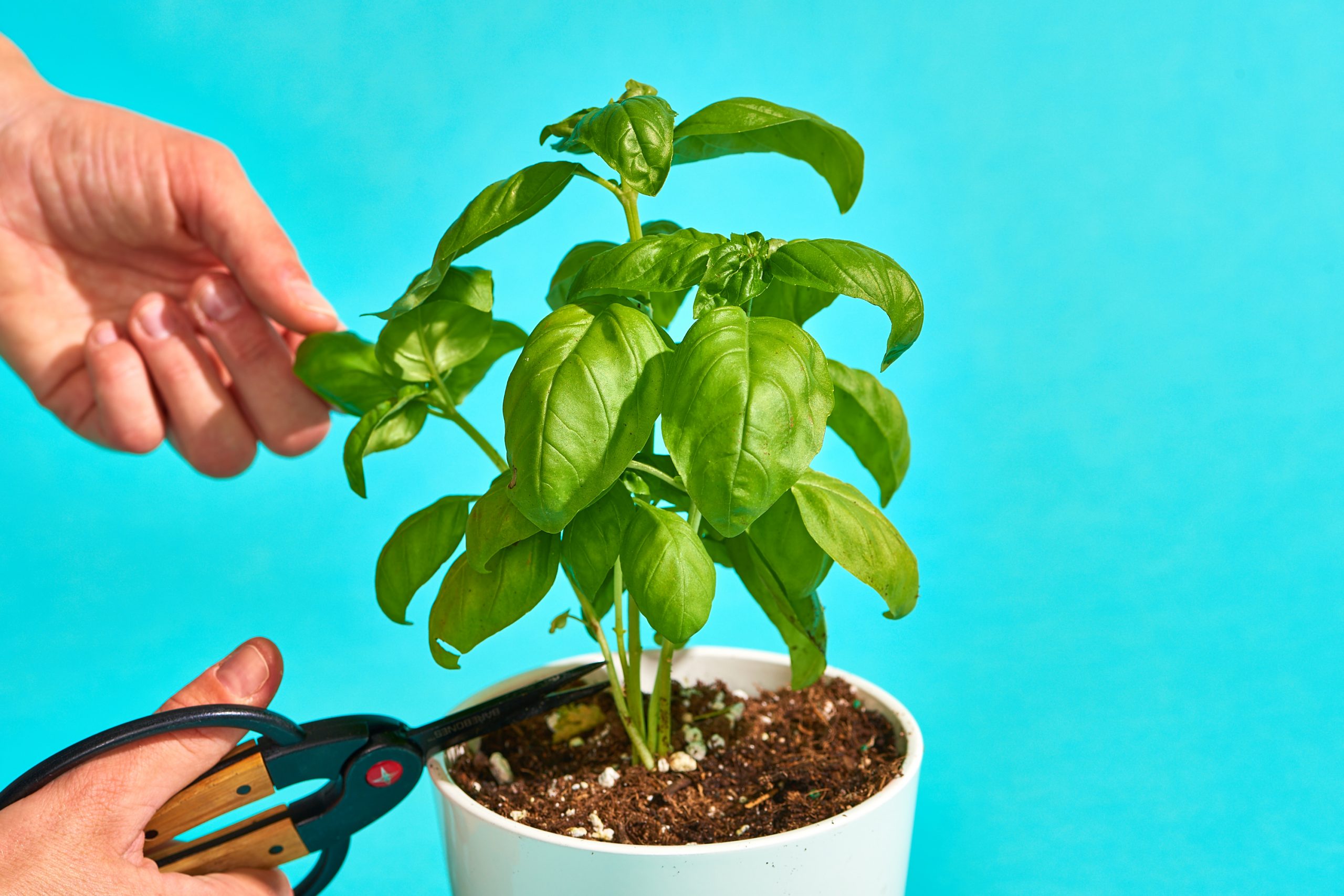
Do not forget to water your basil plant daily and make sure to wet the plant’s base. Always ensure that the top layer of the soil is moist enough and there is no waterlogging.
Once you see green leaves appearing from the plant, use a scissor to trim the plant edges to be adequately spaced out and at least six inches apart from each other.
Clip the plants at the soil line and keep rotating the plant as it grows so that there is no inclination on a single side.
You should consistently check while growing basil from seed because your basil plant should not develop mold. It might be an indication that the plant is not getting g enough sunlight.
Pinch Your Plants and De-Flower

Tiny flowers that appear on the plant might look pretty and add to the beauty of your room, but unfortunately, you need to pluck them off.
This is because flowers affect the plant’s hormonal composition, leading to the leaves losing that unique flavor.
Once this happens, the basil leaves will no more be of any culinary use. So, you need to remove the flowers in the beginning only so that the leaves again regain their original flavor gradually.
Also, once your basil plant grows more than 4 inches, you need to cut off the top branches to grow more in the lateral branches.
This method will make the leaves and stem of your plant much more robust and grow in height.
But sometimes, the growth can get a little too out of control, which can require you to re-pot the plant.
Harvest Your Basil
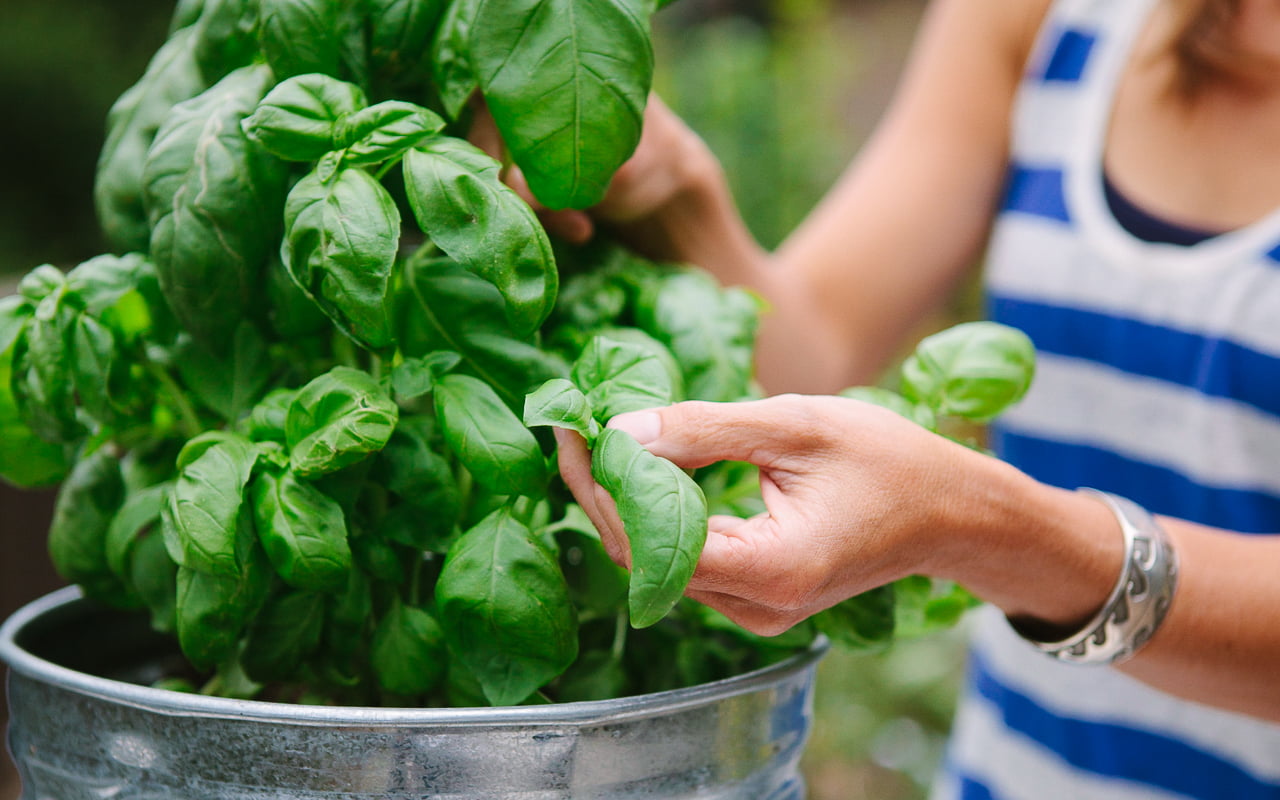
Once the plant has exceeded a height of seven inches, it is ready to be harvested. The more frequently you harvest the leaves, the more leaves the plant will grow.
Do you know the process of harvesting? Remove the leaves by gently pinching them off the stem from where the basil leaf sprouts are emerging.
When you harvest the growing basil from seed once, almost double the number of leaves will grow on the plant for the next harvest season.
But be very careful that you do not cut off the central stem, or the leaves will never appear again.
Cherish Your Basil Plant
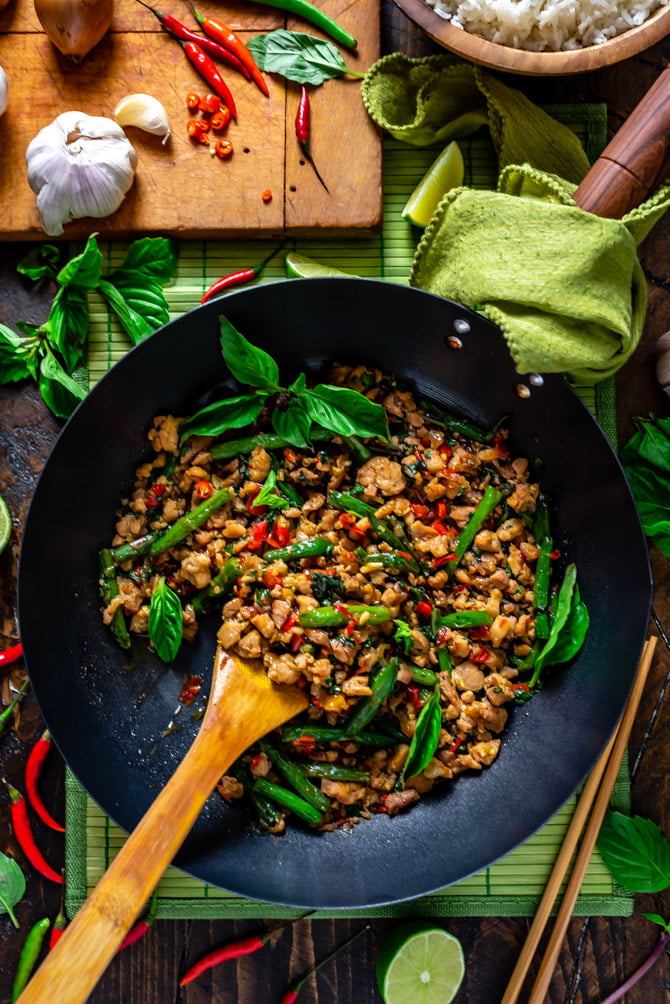
You have put in all your effort to develop your basil seeds into a fulfilled plant, and now you deserve to enjoy it. There are so many delicacies out there, in which sprinkling some basil leaves can be a fantastic idea.
Basil leaves can be added to anything, and everything is from pizza and pesto to Caprese salads and even lasagna. And, of course, you can toss a dash of it on your favorite cocktails and martinis.
If you want the leaves to release the maximum amount of flavor, do not harvest and keep them away before adding them to your dish. Try to incorporate as freshly plucked basil leaves as possible into your dishes and sides.
They are a delicious twist as well as a nutritious power punch. If you feel you have harvested way more leaves than you required for your recipe, you can always make a pesto out of it and store it in your jar.
Here are some of the additional tips from us for growing basil from seeds in a healthy manner:
One of the crucial factors that we often ignore while growing a plant is ensuring excellent and healthy air circulation.
Like all other forms of life, even plants need a consistent fresh air supply for healthy growth. Or else, the plant can even grow mold.
If you can, try to place a tiny fan of a very light setting pointed in the seedling direction so that there is enough air for the plants to breathe.
If you feel that placing a fan is a little too extra for you, you can also gently run your hands over the seedling daily.
You can brush the plants a few times so that the wind movement is stimulated and your growing basil from seeds is strong enough.
Do not keep your growing basil plant in too congested a pot. Try to transplant the plant a few times in the initial growing phase, so that the roots get enough space to absorb nutrients and grow into a healthy basil plant.
Now that you know all the tips and techniques of growing a basil plant in your home buy the seeds today.










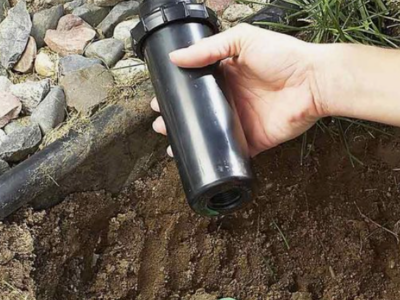
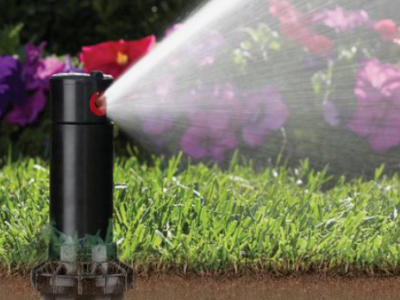
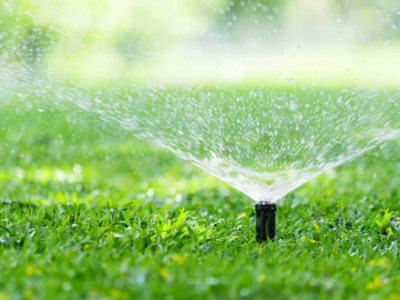
Comments